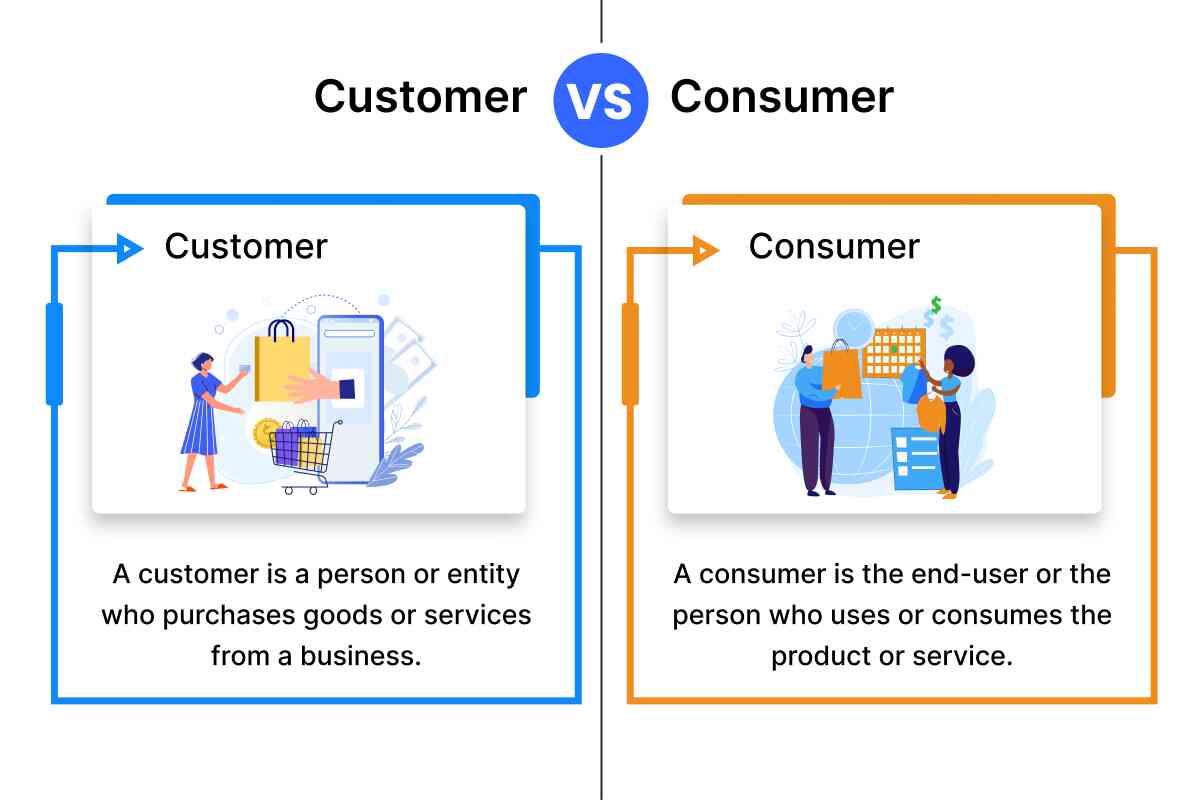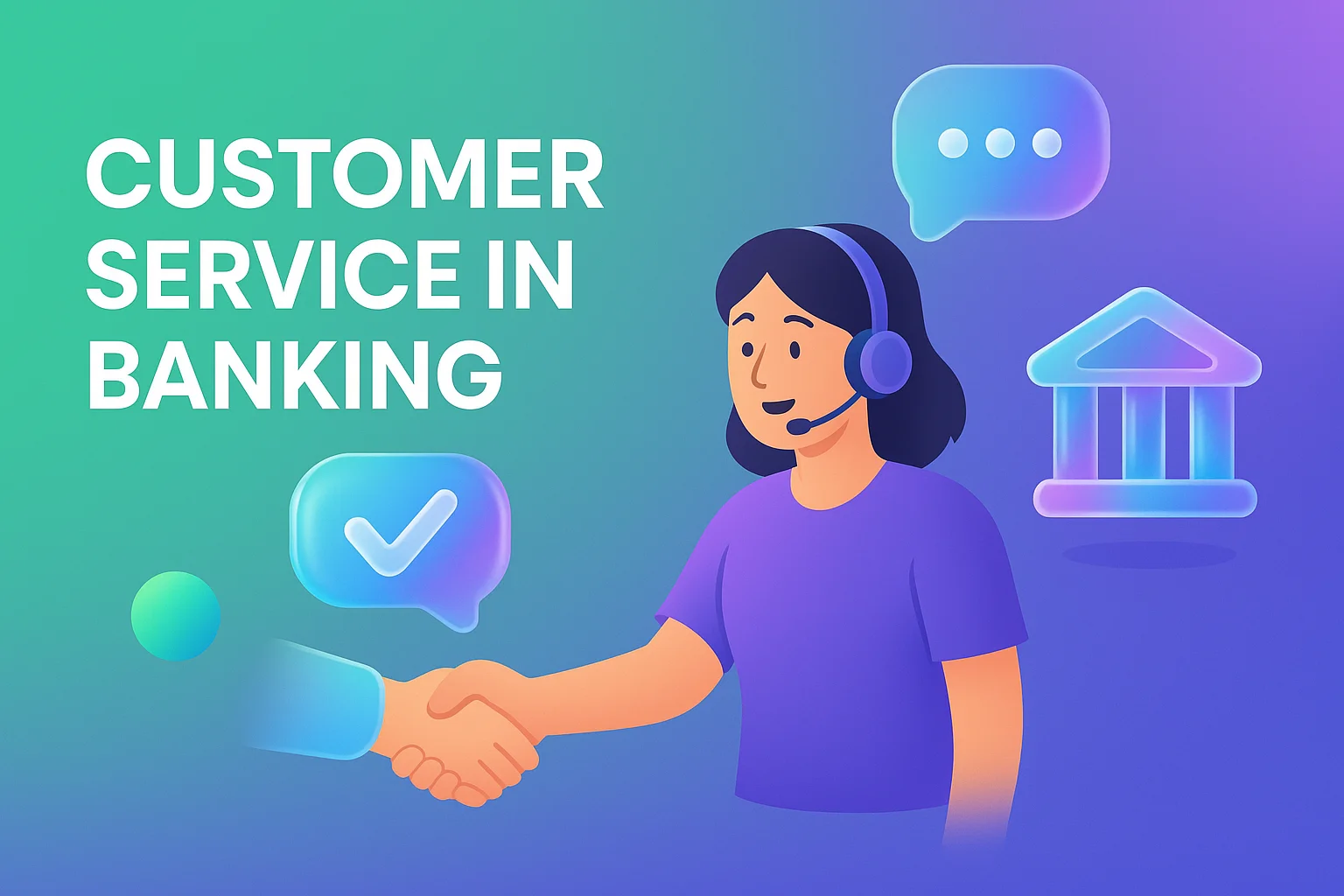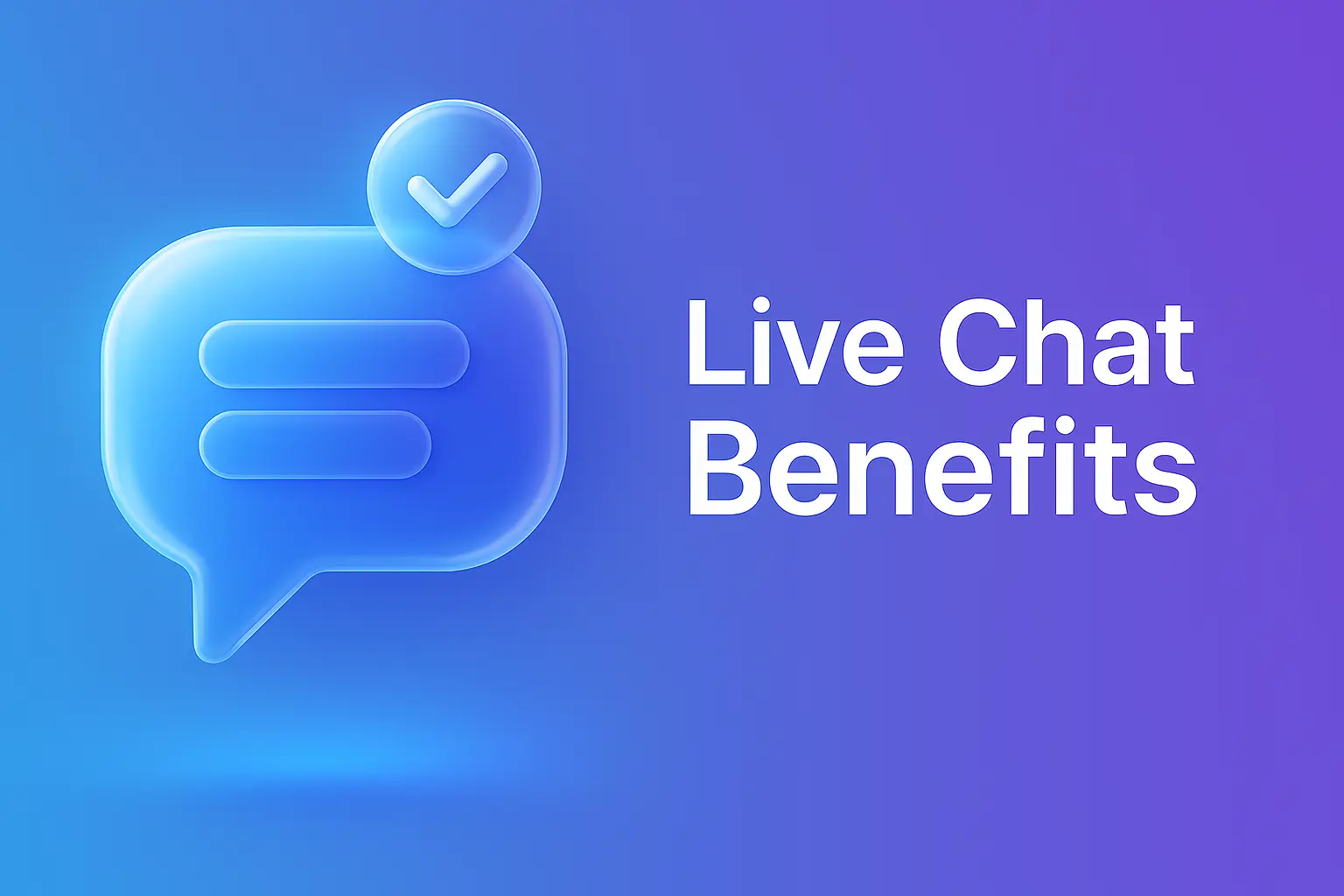Customer vs. Consumer: Know Who’s Who in Your Business
- August 1, 2023
- 11 mins read
- Listen

Table of Content
“Customers Vs. Consumers”What sets them apart? At times, very little; at times, quite a lot. Customers refer to those who buy your product or service, while consumers are the individuals who actually use or ‘consume’ it. These two groups may coincide, but when they don’t, it presents a unique marketing challenge. Identifying whether your customer and consumer are distinct can greatly streamline your efforts in crafting an effective marketing strategy, choosing the right channels, and delivering impactful messages.”Gaining insights into individuals who purchase products or engage with a business is crucial in shaping a comprehensive business strategy. Most businesses classify these individuals into two distinct groups: consumers and customers.Acquiring knowledge about the distinctions between these two categories of individuals enables you to assess your business’s performance and comprehend how to tailor your approach to a particular audience. In this article, I shall provide an overview of consumers and customers, defining each term, elucidating their differences, and emphasizing the significance of understanding these dissimilarities. Gaining insights into the distinctions between consumer behavior and customer actions can significantly enhance your communication strategies with your target audience. Below are some key differences between a customer and a consumer:
Gaining insights into the distinctions between consumer behavior and customer actions can significantly enhance your communication strategies with your target audience. Below are some key differences between a customer and a consumer:
Who is the Customer?
A customer refers to an individual who voluntarily acquires a product or service by spending money. Although they are the ones making the purchase, they may not always be the ultimate user of the acquired goods. For example, when a person buys a birthday gift for a friend. When a customer buys something for personal use, he also takes on the role of a consumer. Below are various types of customers one might come across:-
Resell Customers
-
End Customers
-
Discount Chasing Customers
-
The Happy and Loyal Customers
-
The Needy Customers
-
Impulsive Customers
-
Potential Customers
-
Seasonal Customers
Who is the Consumer?
A consumer is the ultimate user of a product or service, whether they purchase it for themselves or receive it from others. As long as they continue to use the product, they are considered consumers. Brands, when segmenting target audiences, can view consumers as either individuals or a group of people. While designing their offerings or products, strategies, or different campaigns, they take into consideration various types of consumers, such as:-
Extrovert Consumers
-
The Introvert Ones
-
Budget-Friendly Consumers
-
Commercial Consumers
Customer vs. Consumer – Understanding the Key Differences
 Gaining insights into the distinctions between consumer behavior and customer actions can significantly enhance your communication strategies with your target audience. Below are some key differences between a customer and a consumer:
Gaining insights into the distinctions between consumer behavior and customer actions can significantly enhance your communication strategies with your target audience. Below are some key differences between a customer and a consumer:-
The Definition
-
Factors Influencing the Decision to Buy
-
Characteristics of the Target Audience
-
Pricing
-
Marketing
-
Payment



